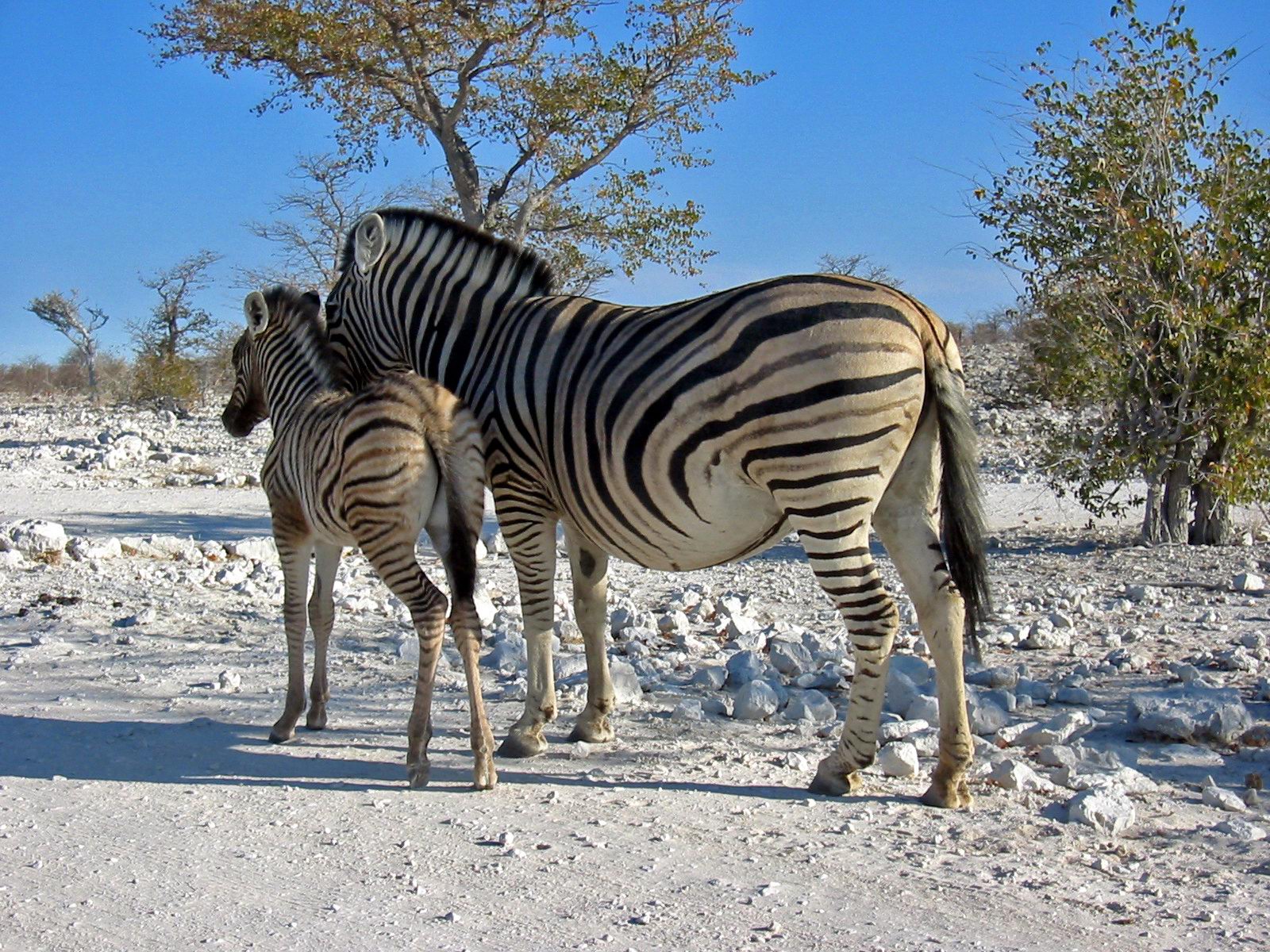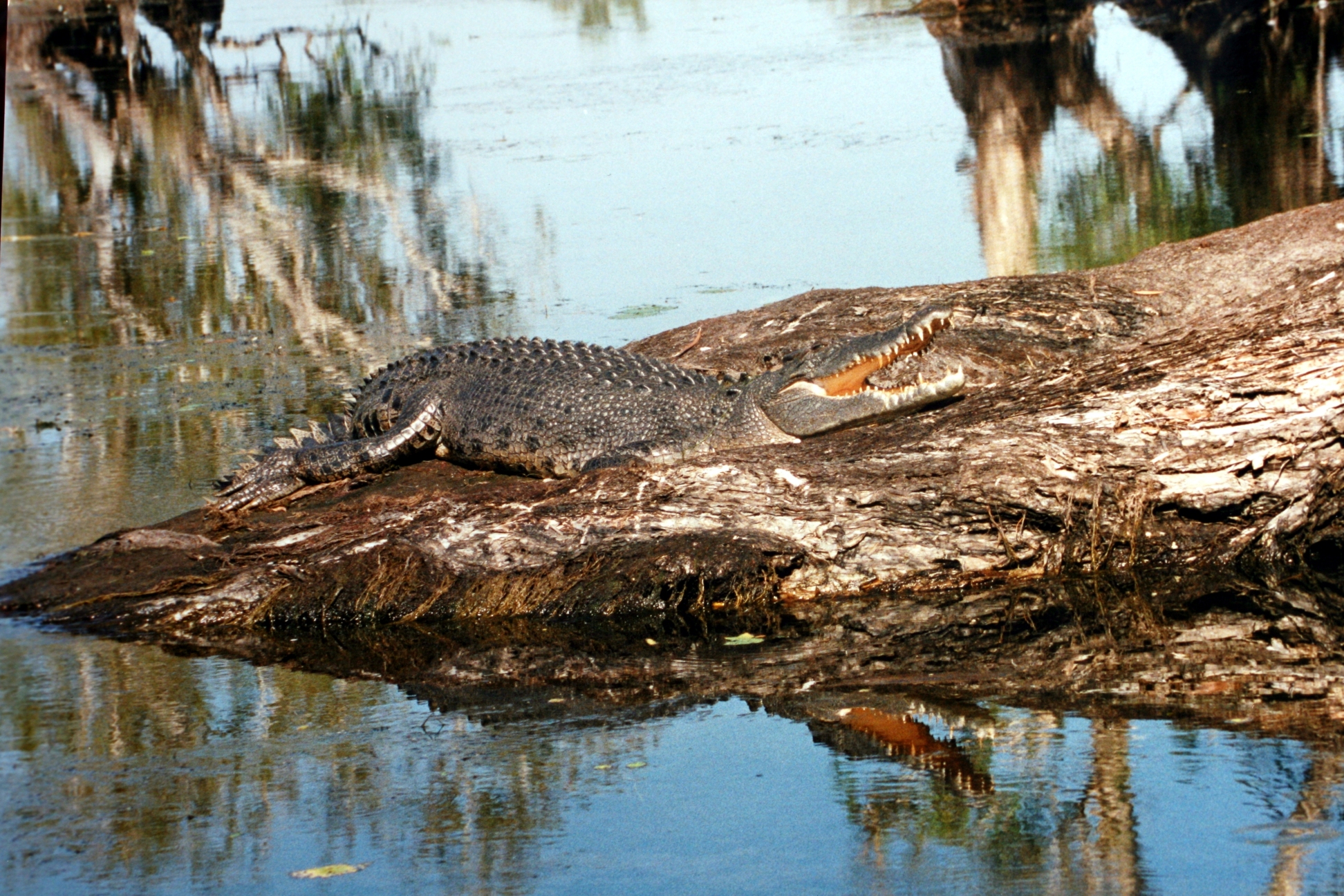Of course there is Serengeti National Park. Home to a million wildebeest and the predators which eat them.
If any African park can match Serengeti, it will be Kruger National Park. Among other things it is home to nearly half of the world's population of Rhinoceros.
While they probably can't match up to those previous two, Africa is also home to Waza National Park and Etosha National Park.

India has mostly destroyed its wildlife, but remains home to some parks which have maintained some of this biodiversity. Gir Forest National Park is home to all of the remaining wild lions in Asia.

Also in India, Kaziranga National Park is home to the highest concentration of wild tigers in the world, as well as the largest population of Rhinoceros outside Africa.

China seems even more far gone than India. Having long since killed off its Tigers and Rhinoceros opportunities to see native wildlife are limited. However there are still a few places where wild Pandas remain. The two which seem the most promising are Wolong National Nature Reserve and Huanglong.
Europe has also killed off most of its charismatic megafauna. There are still a few remnants remaining though. One such place is Bialowieza Forest which is home to about 600 European Bison.

Australia still has quite a bit of impressive wildlife in a large number of parks. The most impressive seems to be Kakadu National Park.

The Galapagos National Park probably cannot match some of the African parks for big impressive wildlife, but it is still well preserved as islands go.
South America has the problem that it is hard to see the wildlife through the jungle. Still, few parts of the world have more remaining forest. One impressive looking such place is Manu National Park.

Costa Rica has famously preserved a huge amount of jungle. One of the most impressive of such parks I actually came very close to visiting. Corcovado National Park has a reputation of being world class, and is not all that expensive to visit North America.
Of course, North America invented the National Park. So we really can compete in this arena. The best I have actually been to is Yellowstone National Park. Nowhere else have I seen so many large animals in a small area.

If anywhere can compete with Yellowstone, it is Alaska. I went on a winter train ride near Denali National Park. It is now high on my list of places to go in the summer. There are some places in Alaska so inaccessible that they must be even more impressive though. Katmai National Park is a very good example of this. No roads into it, and the largest protected brown bear population in the world.

Now that I figured out that list, all I need is a few months off work and a few hundred thousand dollars for plane tickets.

.jpg)